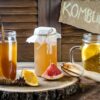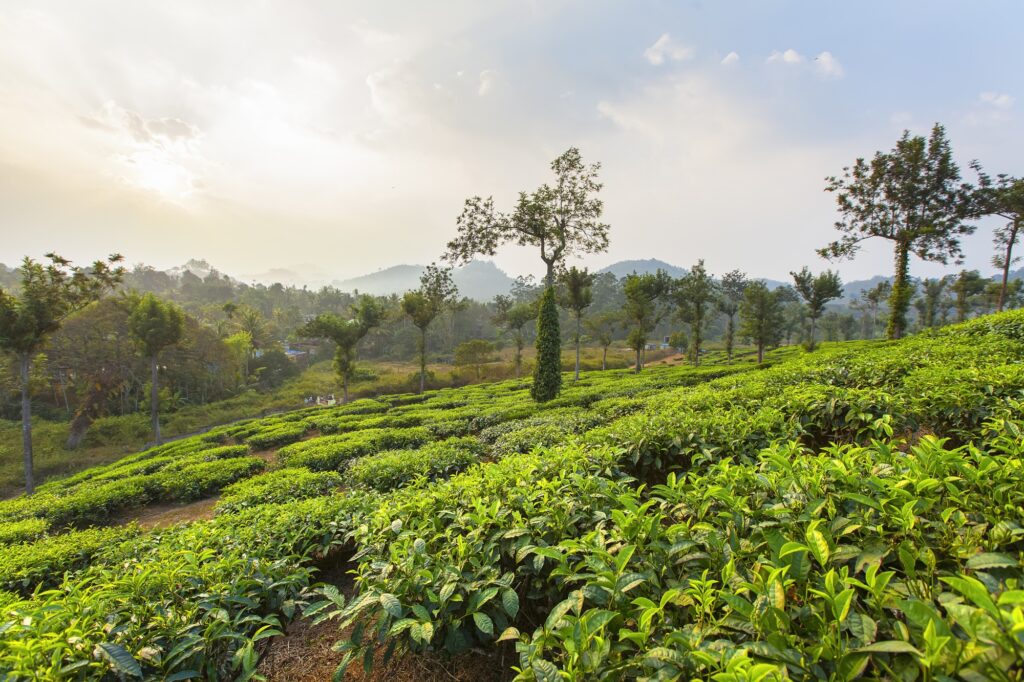
India, the land of diverse cultures and rich traditions, is also renowned for its exceptional tea heritage. From the lush, rolling hills of Darjeeling to the robust and malty teas of Assam, the country boasts a remarkable array of tea-growing regions, each with its unique character and captivating flavors. In this comprehensive guide, we’ll embark on a journey through the exquisite tea regions of India, uncovering the aromatic delights that have captivated tea enthusiasts worldwide.
Introduction to Indian Tea Regions
India’s tea industry is one of the largest in the world, producing a diverse range of teas that cater to a wide variety of palates. The country’s unique geography, climatic conditions, and rich soil have given rise to several distinct tea-growing regions, each with its own distinct characteristics and flavor profiles. As we delve into the world of Indian tea, we’ll explore the renowned regions that have contributed to the country’s reputation as a global tea powerhouse.
Darjeeling: The Champagne of Teas
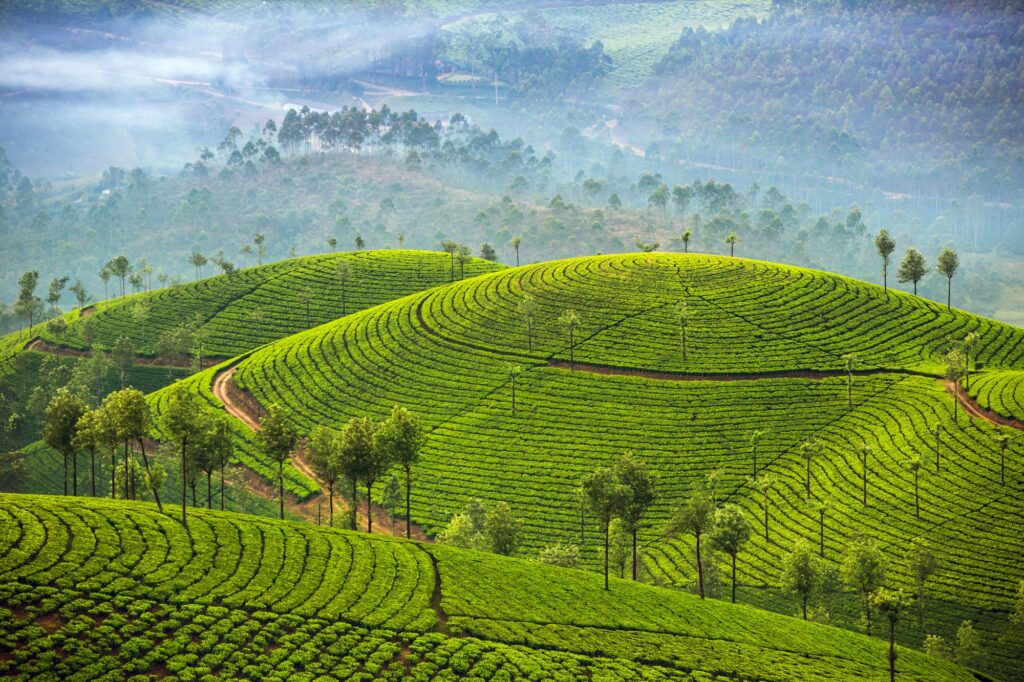
Nestled in the foothills of the Himalayas, Darjeeling is renowned as the “Champagne of Teas.” This picturesque region, with its rolling hills and misty landscapes, produces some of the most sought-after and delicate teas in the world. The unique microclimate, combined with the skilled cultivation techniques of the local tea growers, results in a delicate, floral, and subtly fruity tea that is highly prized by connoisseurs. Darjeeling teas are known for their vibrant, golden-hued liquor and their ability to be brewed multiple times without losing their distinctive character.
Assam: The Land of Robust and Malty Teas
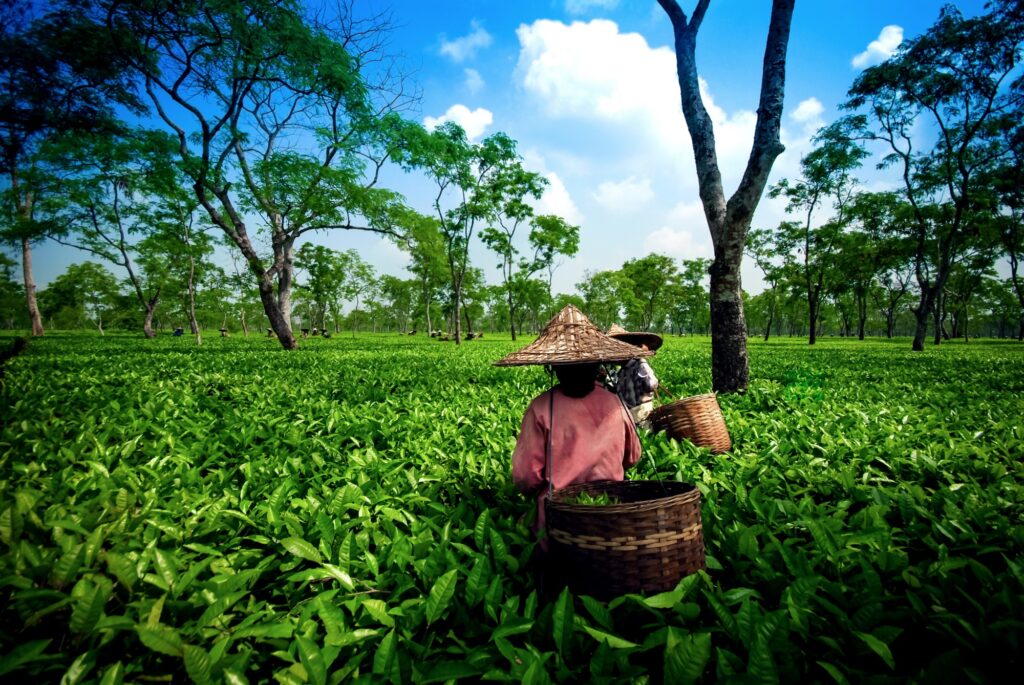
In contrast to the delicate Darjeeling teas, the Assam region in northeastern India is renowned for its robust and malty black teas. Situated in the lush Brahmaputra Valley, the Assam tea gardens thrive in the region’s hot and humid climate, producing full-bodied, rich, and aromatic teas that are a staple in many households around the world. Assam teas are known for their deep, reddish-brown color, bold flavor, and strong, invigorating character, making them a popular choice for breakfast and afternoon tea blends.
Nilgiri: The Fragrant and Floral Teas of the Blue Mountains
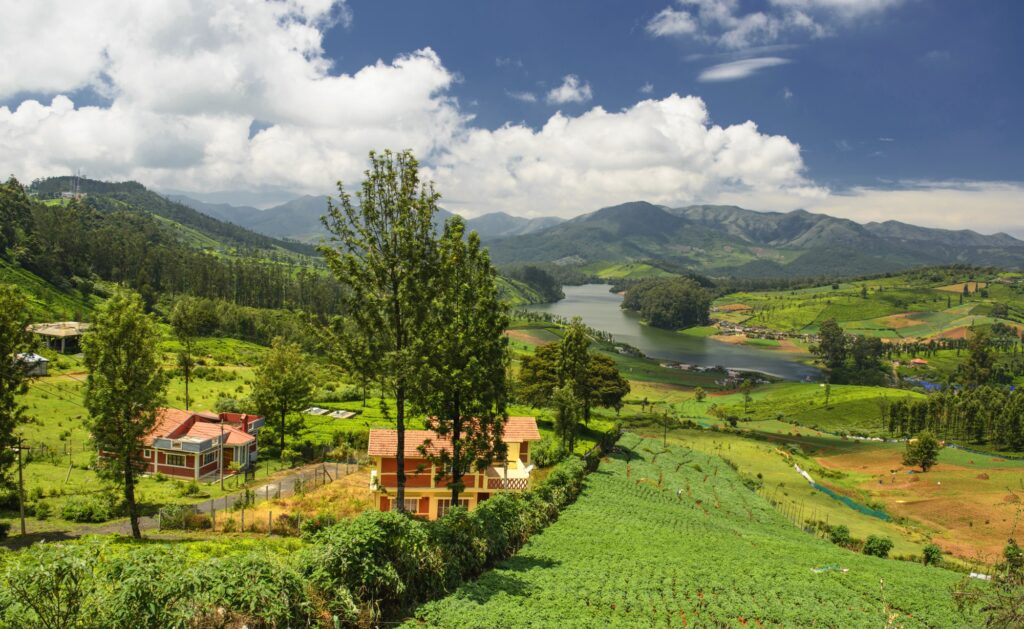
The Nilgiri region, nestled in the picturesque Blue Mountains of southern India, is renowned for its fragrant and floral teas. The region’s high-altitude tea gardens, combined with the moderate climate and abundant rainfall, create the perfect conditions for the cultivation of delicate, aromatic teas. Nilgiri teas are known for their delicate, well-balanced flavor profiles, with notes of flowers, citrus, and a subtle, lingering sweetness. These teas are often used in blends to add complexity and depth to the overall flavor.
Kangra: The Lesser-Known Tea Paradise in the Himalayas
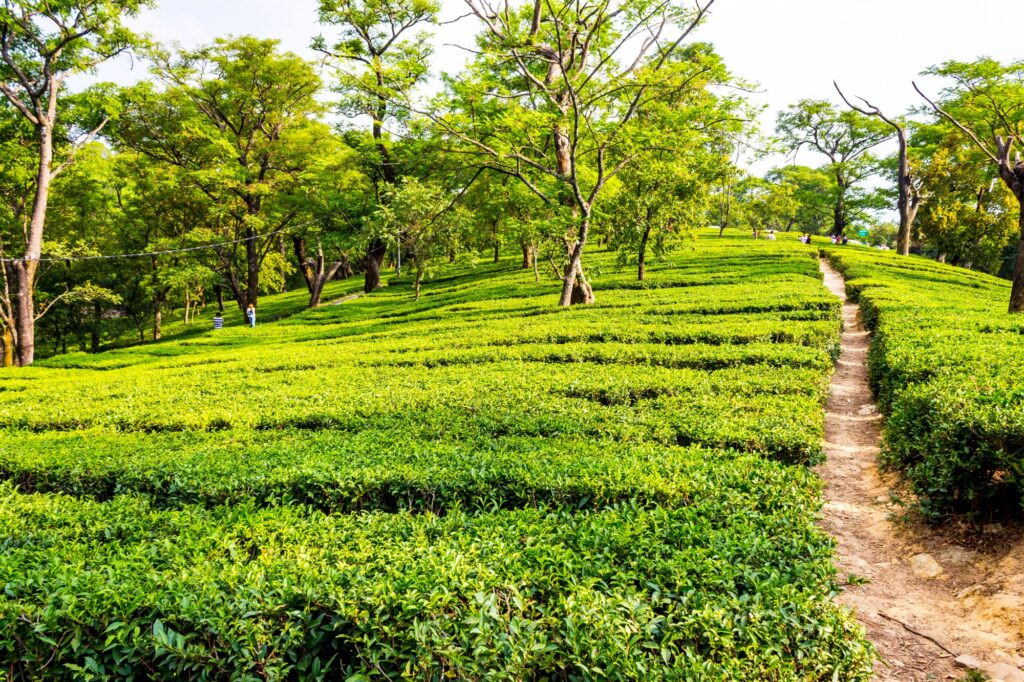
While Darjeeling and Assam may be the more well-known tea regions of India, the Kangra Valley in the Himalayas is a hidden gem that deserves recognition. This picturesque region, with its lush, rolling hills and temperate climate, produces a unique and delightful range of teas. Kangra teas are known for their delicate, floral notes, a result of the region’s high-altitude and cool temperatures. These teas often have a subtle, fruity undertone and a refreshing, thirst-quenching quality, making them a popular choice for both casual and discerning tea drinkers.
Munnar: Exploring the Tea Gardens of Kerala
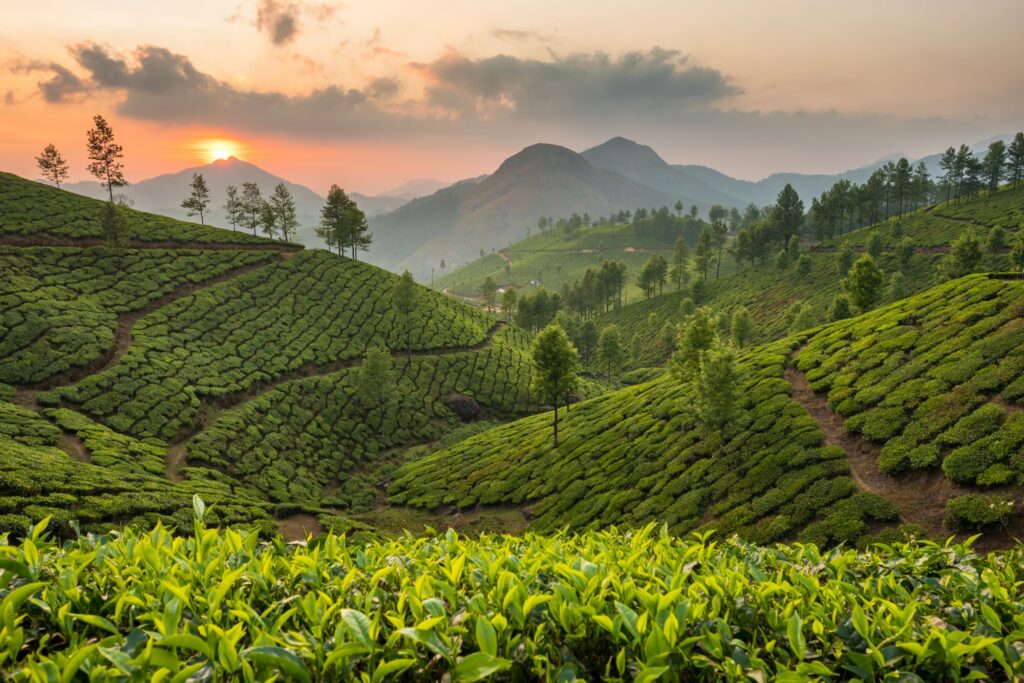
In the southern state of Kerala, the town of Munnar is a veritable tea lover’s paradise. Nestled amidst the verdant hills and valleys of the Western Ghats, Munnar’s tea gardens are a sight to behold, with their neatly trimmed bushes and vibrant green foliage. The region’s high-altitude, misty climate, and nutrient-rich soil create the perfect conditions for the cultivation of exceptional teas. Munnar teas are known for their delicate, floral aromas, balanced acidity, and smooth, lingering finish, making them a favorite among tea enthusiasts.
The Tea Culture and Traditions of India
Tea is deeply ingrained in the cultural fabric of India, with a rich history and a vibrant tea culture that has evolved over centuries. From the elaborate tea ceremonies of the north to the casual tea stalls found on every street corner, the country’s love for this beverage is evident in its diverse traditions and customs. In India, tea is not just a drink, but a way of life, a social ritual, and a cherished part of the daily routine. Exploring the tea culture of India offers a unique glimpse into the country’s heritage and the deep appreciation for the aromatic delights that the regions have to offer.
Tea Tourism: Experiencing the Tea Regions in India
For tea enthusiasts and travelers alike, India’s tea regions offer a unique opportunity to immerse oneself in the world of tea. Many tea estates and plantations have opened their doors to visitors, allowing them to witness the cultivation and processing of tea firsthand. From guided tours of the tea gardens and factories to tasting sessions and workshops, these tea tourism experiences provide a deeper understanding and appreciation for the art of tea-making. Visitors can also explore the local tea culture, indulge in traditional tea ceremonies, and even stay in charming tea estate bungalows, creating a truly memorable and enriching experience.
Popular Indian Tea Brands and Varieties
India’s tea industry is home to a wide range of renowned brands and diverse tea varieties, each with its unique flavor profile and characteristics. From the iconic Darjeeling teas to the robust Assam blends, the country’s tea offerings cater to a diverse range of preferences. Some of the most popular Indian tea brands include Tata Tea, Tetley, Tazo, and Vahdam Teas, among others. These brands showcase the country’s exceptional tea heritage, offering a wide selection of black, green, oolong, and herbal teas that showcase the best of India’s tea-growing regions.
A Taste of India’s Tea Heritage
India’s tea regions are a testament to the country’s rich agricultural heritage and the dedication of its tea growers. From the delicate, floral teas of Darjeeling to the robust, malty offerings of Assam, each region has its own captivating story to tell. By exploring these diverse tea-growing areas, one can truly appreciate the depth and complexity of India’s tea culture, and the passion that goes into cultivating these aromatic delights. Whether you’re a seasoned tea connoisseur or a curious newcomer, a journey through India’s tea regions is an experience that will leave a lasting impression on your palate and your soul.





